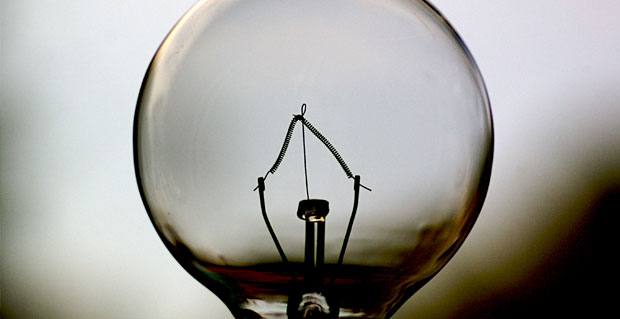Lighting legislation is changing around the world. Many governments have accepted the need to promote new lighting systems such as LED light bulbs, in order to reduce energy bills and protect the environment.
Most of this legislation focuses on incandescent bulbs. These bulbs convert just 10% or less of electrical energy into light; they disperse the rest as heat. This means incandescent bulbs are highly energy-inefficient.
From September 2009, the European Union has phased in legislation to prevent manufacturers and importers from making and selling incandescent light bulbs. However, shops are able to sell the affected incandescent bulbs until their stock runs out.
The EU lighting legislation, which came in effect in 2009, has several stages. The relevant dates, and the incandescent bulbs the law bans, are as follows:
- September 2009: all frosted and clear 150W and 100W bulbs, plus frosted 75W, 60W, 40W and 25W bulbs
- September 2010: clear 75W bulbs
- September 2011: clear 60W bulbs
- September 2012: clear 40W and 25W bulbs
The dates above apply to non-directional bulbs. These spread their light evenly in all directions. There are also exceptions to the law. Special purpose incandescent bulbs such as oven lights, for example, need to remain on sale because at the moment, energy-efficient replacements are unavailable.
EU lighting legislation also covers:
- Requirements for all bulbs to have minimum levels of energy efficiency
- Bulb performance criteria such as light output and lifespan
- Consumer information about bulbs
The EU forecasts that by 2020, its lighting legislation will have cut carbon dioxide emissions by 15 million tonnes a year. The law will also have saved enough energy to provide electricity to 11 million homes.
The EU law applies to Britain, although a UK voluntary agreement regarding incandescent non-directional bulbs has been in force since 2008. This agreement adopts a phased approach with some aspects pre-dating the EU legislation. For instance, in January 2008 the UK voluntarily stopped replenishing the stock of frosted and clear 150W incandescent bulbs.
In North America, the federal government has also begun a process of removing incandescent light bulbs. From 2012, manufacturers must no longer make 100W bulbs. This ban extends to 75W bulbs in 2013, and 60w and 40W bulbs in 2014.
Exceptions to the law are special purpose appliance and decorative incandescent bulbs, and directional reflectors.
Countries outside the EU and North America have their own legislative timetables for dealing with incandescent bulbs.
Venezuela and Brazil introduced a ban on incandescent bulbs as long ago as 2005. Australia began a programme to phase out the bulbs in 2009. Canada, China, Argentina and Russia initiated phase-outs and revised energy standards in 2012.
Other countries have specific bulb substitution plans. In India, the intention is to replace 400 million incandescent bulbs by the end of 2012.
Lighting legislation around the globe is forcing manufacturers and consumers to rethink energy priorities. The result is a boom in alternative lighting technology with long-lasting, energy-efficient LED light bulbs leading the way.




